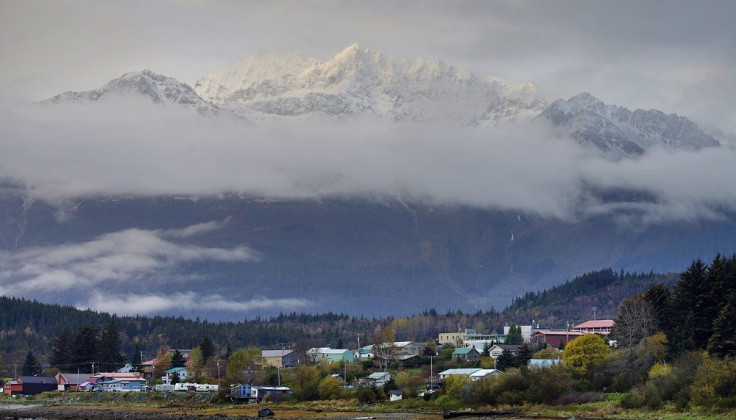Alaska allows hunting of musk oxen stranded on ice floes

Approving the request of a small native hunting community, the big game officials in Alaska have legalised hunting of musk oxen in the area. The musk oxen wander on Bering Sea ice and becomes marooned when the sea ice breaks off or drifts away.
According to CBS News, the assistant state area biologist Patrick Jones says that musk oxen stranded on ice are doomed to starve or die and this phenomenon repeats itself every couple of years. Therefore, not harvesting the animal who is eventually going to die seems just like a waste.
The long-haired musk oxen are known to be poor swimmers. So, there are minute chances that a member of the species stranded on the ice could swim to the shore in the icy water and survive. The decision by the Alaska board of game came after hearing the request of the residents of Mekoryuk, a Cu’pik native community. The community has 210 members, who inhabit the sole village in the Nunivak Island.
There was already a hunting provision for musk oxen stranded in a village that could not provide enough food to the animal to keep it from starving. Hunters had to apply for an emergency shooting order before killing the animal and the process usually took three to four days.
However, now, the hunters will have to provide a photographic proof before killing a musk oxen marooned on a drifting piece of ice. As a trade-off for not needing a permit to kill the animal, the picture has to clearly depict the animal, surrounded by salty water on all sides.
Musk oxen disappeared completely from Alaska in the 1920s. The Guardian reports that it was in 1935 that 34 musk oxen from Greenland were moved to Nunivak Island.
Contact the writer at feedback@ibtimes.com.au, or let us know what you think below.





















